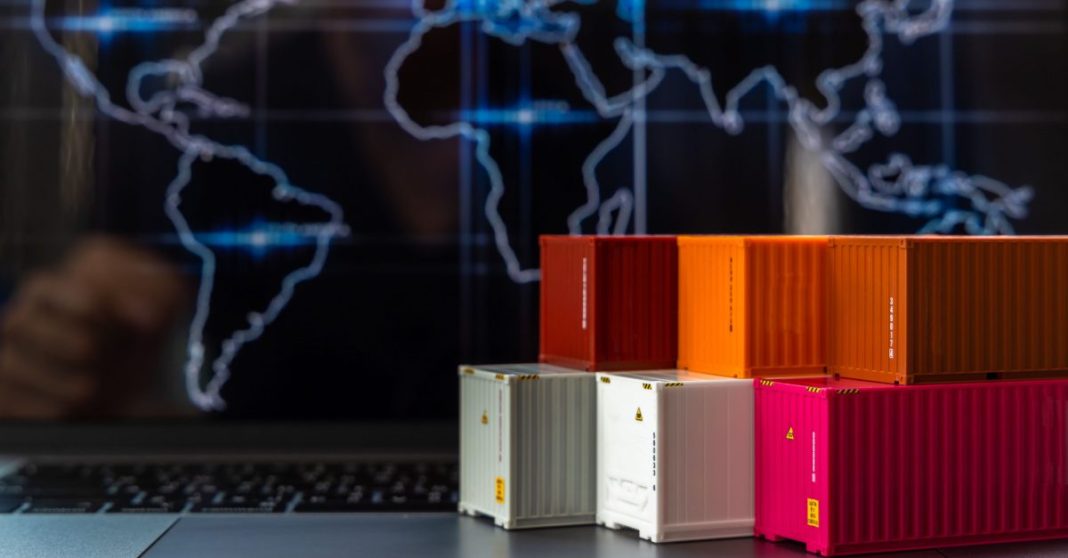Introduction: The COVID-19 pandemic has revealed deep vulnerabilities in the global trade system. Disruptions in supply chains, trade barriers, and logistical challenges have caused widespread economic uncertainty. As businesses recover from the pandemic’s effects, they must navigate a more complex global trade landscape, where geopolitical tensions, protectionism, and evolving trade agreements play a significant role. This article will explore how global trade has changed in the wake of the pandemic and how businesses can adapt to these new realities.
Supply Chain Disruptions: The pandemic caused significant disruptions to global supply chains, highlighting the risks of over-reliance on single-source suppliers and distant manufacturing hubs. As factories closed and borders were shut down, businesses faced shortages of essential materials and delays in product deliveries. In response, many companies are diversifying their supply chains and moving towards nearshoring or reshoring practices, where production is moved closer to home markets.
Geopolitical Tensions and Protectionism: The pandemic has exacerbated existing geopolitical tensions, with countries like the United States and China engaged in ongoing trade wars and protectionist policies. These tensions have led to the imposition of tariffs, trade restrictions, and a push for self-sufficiency in key sectors like healthcare and technology. For businesses, this means navigating a more fragmented trade environment, where market access may depend on political alliances, regulatory hurdles, and shifting global alliances.
The Rise of Digital Trade: As traditional trade faces challenges, digital trade has gained prominence. The pandemic accelerated the adoption of e-commerce, digital payments, and online business transactions, allowing companies to reach global customers despite travel restrictions and border closures. Digital trade offers the potential to streamline cross-border transactions and reduce reliance on physical infrastructure.
New Trade Agreements and the Role of the WTO: In the post-pandemic world, new trade agreements are emerging to address the changing needs of global business. Regional trade agreements like the Regional Comprehensive Economic Partnership (RCEP) and the United States-Mexico-Canada Agreement (USMCA) are shaping the future of global trade. The World Trade Organization (WTO) also plays a key role in advocating for multilateral trade agreements and resolving disputes.
Conclusion: The post-pandemic era presents both challenges and opportunities for global trade. Businesses must adapt to a new, more complex trade environment, one that is characterized by shifting geopolitical dynamics, evolving supply chains, and the rise of digital commerce. By diversifying supply chains, staying informed about trade regulations, and embracing new technologies, businesses can navigate this new era of global trade successfully.

